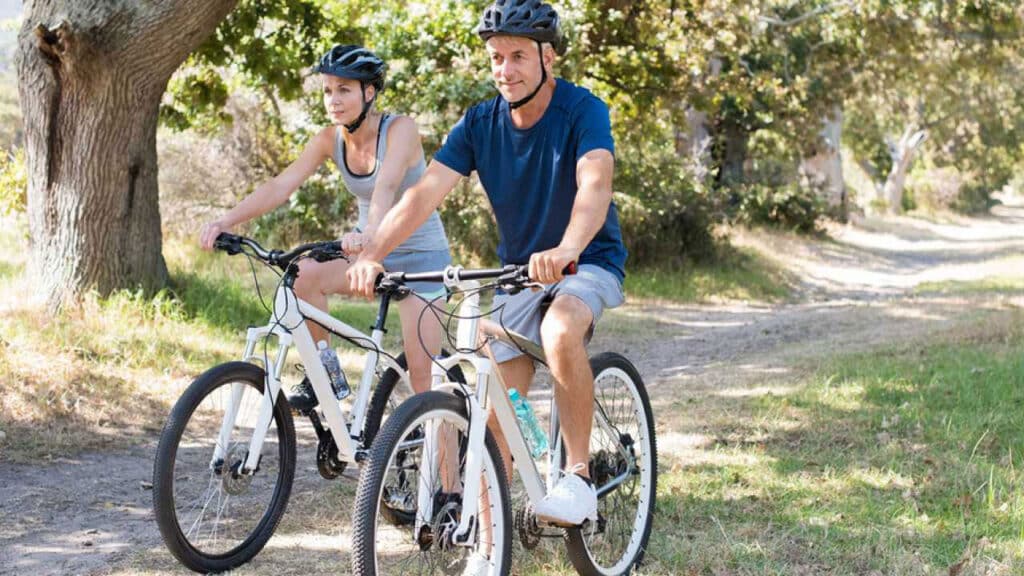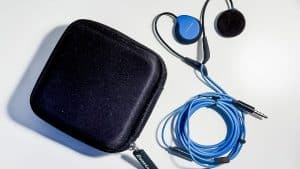Most of the time, trying to lower your blood pressure is a good thing. High blood pressure is a risk for heart attacks and strokes, while low pressure rarely does more than making you feel lightheaded.
When it comes to trying to ensure your blood pressure is low (but not too low), the starting point is making key lifestyle changes. Stop smoking, cut back on alcohol, and most of all, have a good diet and exercise routine. Low blood pressure is often associated with people who are physically fit.
There are a lot of different ways to exercise, but cycling is particularly highly rated (https://www.bluezones.com/2022/07/the-link-between-bikeability-and-health/#). It allows you to work on pretty much everything: cardio, strength, endurance, flexibility, balance and coordination to start. It can also be a form of stress relief, helping boost your mood and alleviating depression and anxiety.
Many people pick cycling when they’re starting out trying to get fit. Other than the bike itself, it’s relatively low cost and something you can do as an individual or as a group as you prefer. It’s also very easy to control the intensity, from a more casual bike ride to a high-impact session.
There are, however, some things that can get in the way. That’s especially true in outdoor cycling, where weather, traffic, air pollution and all sorts of factors out of your control can hinder progress. Safety is a big concern for outdoor cyclists.
Some of these risks can be alleviated by indoor cycling, particularly on a stationary bike, but this means you miss out on some of the specific excitement of being able to actively engage with your environment, whether it’s the city or countryside. That means that attention has fallen on how to make outdoor cycling safer and more accessible.
You can take steps yourself, such as ensuring you wear helmets and reflective gear, but there are also things that local authorities can do to make their areas more “bikeable”. Bike lanes are an obvious example, making cycling much safer and pretty much inviting people to jump on a bike.
When infrastructure is in place to encourage people into cycling, they’re often eager to ditch the cars and give it a go. That helps both them and the surrounding environment as it reduces toxic exhaust fumes. Creating the right incentives is a powerful way to encourage the benefits of cycling.




